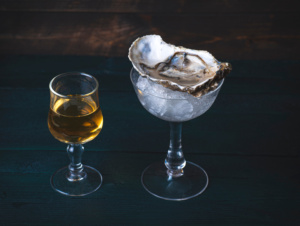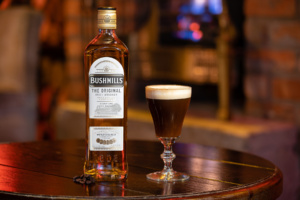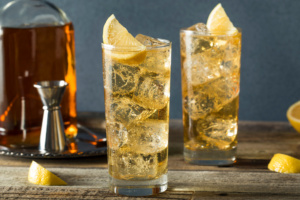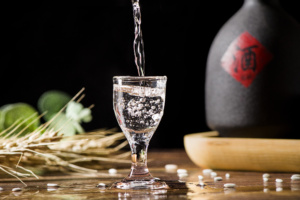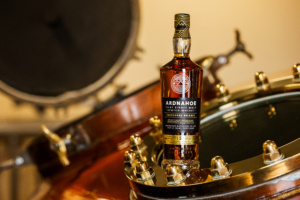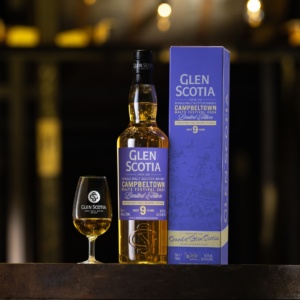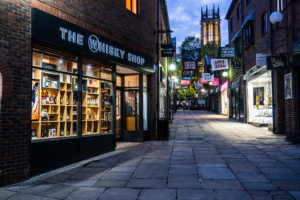What Is Gin? A Beginner's Guide
How is gin made?
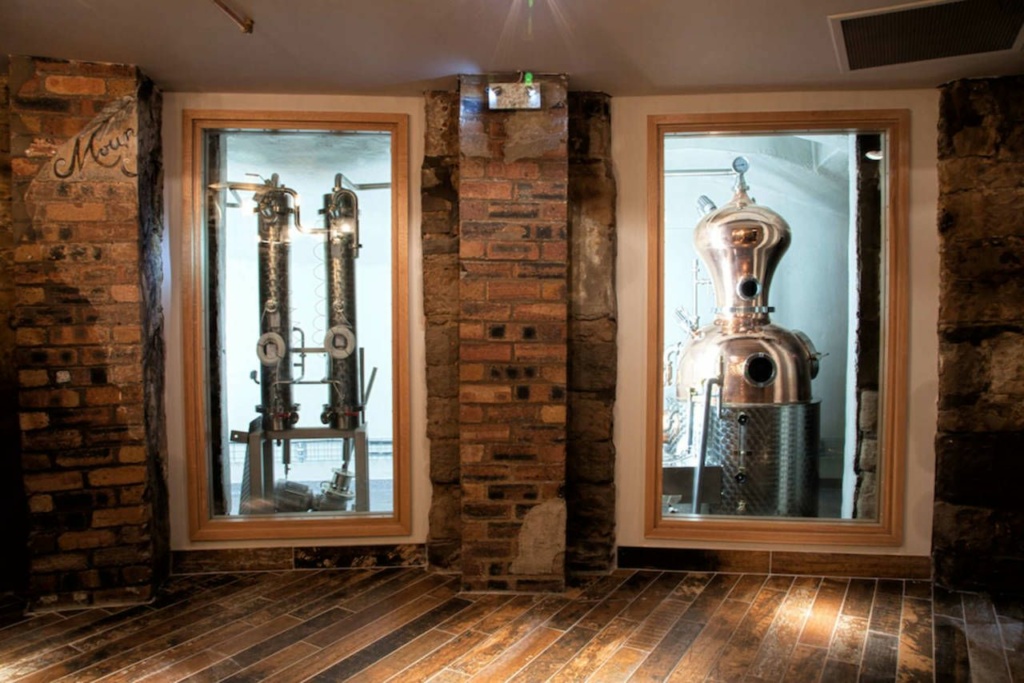
Gin's base alcohol is made using either grain or potato, similar to how vodka is produced. The key ingredient that makes gin, gin, is that it is infused with juniper and other botanicals. In fact, the term 'gin' comes from the Dutch word 'genever', meaning juniper. These are added during fermentation, before the liquid is strained and distilled using either a pot still or column still. The first liquid to trickle out is discarded or put aside to be re-distilled as it is of lower quality. The middle cut (the heart) is what the distillers are after, as it has the highest alcohol content. The very last liquid to be distilled is called 'the tails', which are thrown out. Finally, the gin is cut with water, just like whisky, to lower the ABV to a smoother, more drinkable level.
Where did gin originate?
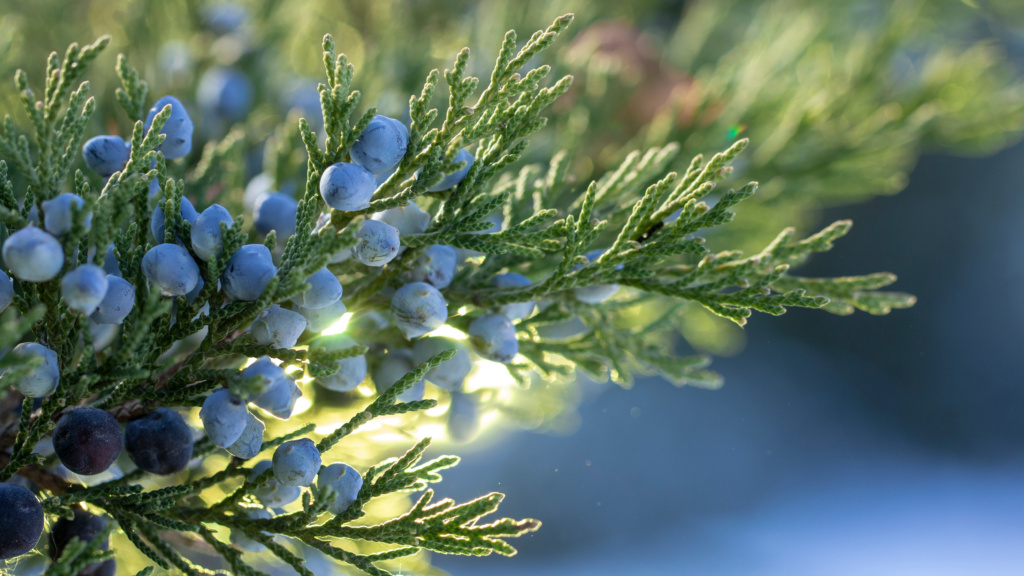
When gin was first invented by monks and alchemists across Europe in the 13th century, it was intended for medical purposes. As a medicinal herb, juniper had been used for centuries as a popular cure-all. For example, plague doctors stuffed juniper into the beaks of their masks to protect themselves. Though these tonic wines became little too popular, and began to be consumed for enjoyment rather than to stave off illness. Jenever, a Dutch and Belgian medicinal liqueur, became one such drink in England during the 17th century. English soldiers who supported Antwerp against the Spanish in 1585, during the Eighty Years' War, drank jenever for its calming effects before battle - the term Dutch courage is thought to have originated here.
After the 1688 Glorious Revolution resulted in import restrictions on French Brandy, gin then became the national alcoholic drink of England. It's popularity exploded, as the cheapest and strongest drink around - so much so that it garnered a negative reputation with the moniker 'mother's ruin'. The introduction of legislation and of the column still, enabled the creation of the "London dry" style that has lasted till this day.
Fun Fact: As late as 1913, gin was often flavoured with turpentine to infuse the liquid with woody notes!
What types of gin are there?
London Dry Gin

Originating in England, London Dry Gin has a juniper-forward pine tree-like taste, with fresh citrus notes. The "dry" pertains to the fact that there aren't any artificial flavours added, with all of the flavours coming from the various botanicals infused during distillation and never after. And "London dry" refers to this specific method of distilling - not that it has to be made in London. Tanqueray, Bombay Sapphire and Beefeater are key examples.
Pink Gin
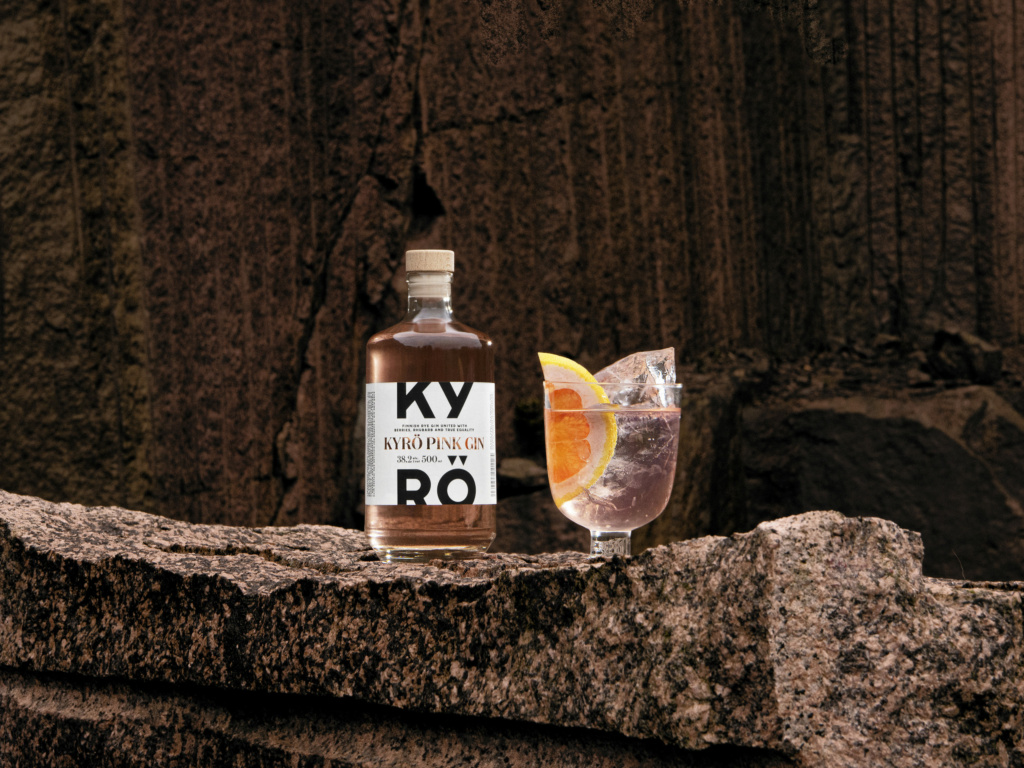
Originally the name of a gin and bitters cocktail, the term 'pink gin' has taken on a new meaning and become a category of its own in the past few years with blush coloured spirits gracing many a glass. Nowadays, pink gin is commonly crafted by infusing gin with a pink fruit, herb or spice, with many of the most popular styles created with strawberry, rose, raspberry, grapefruit and rhubarb. Gordon's produce one of the most popular pink gins on the market.
Sloe Gin

Primarily a British tipple, sloe gin is crafted with gin and sloe berries – a relative of the plum – using sugar to extract the juice of the fruit.
Gin Liqueur

Gin liqueurs have becoming massively popular in recent years, with Edinburgh Gin leading the way. The distilled gin is blended with flavourings and sweeteners like fruits, flowers, sugar and spice (and all things nice) to make a gloriously sweet concoction, with a significantly lower ABV.
Navy Strength Gin

Gin that is bottled at a huge 57% abv is termed Navy Strength Gin, as this is the level at which sailors determined their gin to be satisfactory. This was shown by lighting on fire a mixture of the spirit and gunpowder. If it burned with a clear flame then that the spirit was of sufficient standard, it was above 57% abv. If it failed to light, or smoked too much then this was a sign that it had been watered down.
Flavoured Gin

Like it says on the tin, flavoured gin is a gin that is not only infused with botanicals, but also flavoured with fruity and sweet flavours after distillation. Edinburgh Gin, Caorunn, and Malfy are but a few examples of this massively popular variety of gin.
Modern/New Western Gin

This term was coined by Aviation Gin co-founder Ryan Magarian, to describe their juniper-driven gin (rather than classic juniper-forward gin.) It has since become adopted to all those who have dialled down the juniper content in their spirit - from the likes of Bluecoat and Hendricks.
What is the best selling gin?

Gordon's is the world's best-selling gin, with 7.7m cases sold in 2022. Closely followed by Bombay Sapphire, and Tanqueray.
Fun Fact: In 2018, more than half the growth in the UK Gin category was contributed by flavoured gin.
Can you drink gin straight?
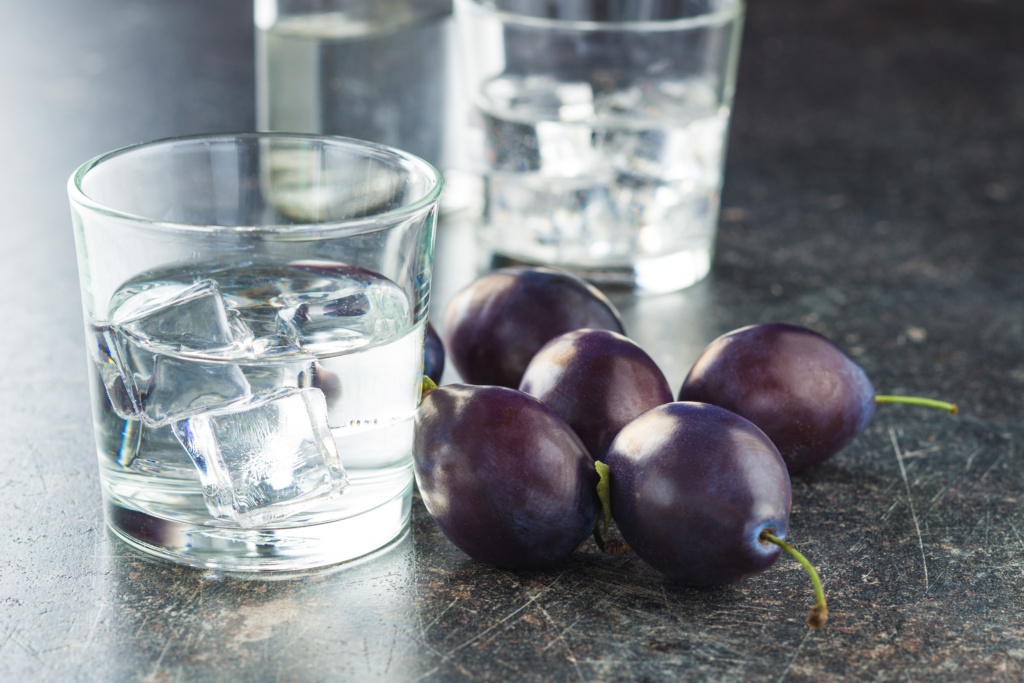
You can indeed. Drinking gin neat allows for you to fully appreciate all of the botanicals held within the spirit. You just need to ensure you're having a good quality, nuanced and smooth gin - and probably not navy strength!
What are classic gin cocktails?
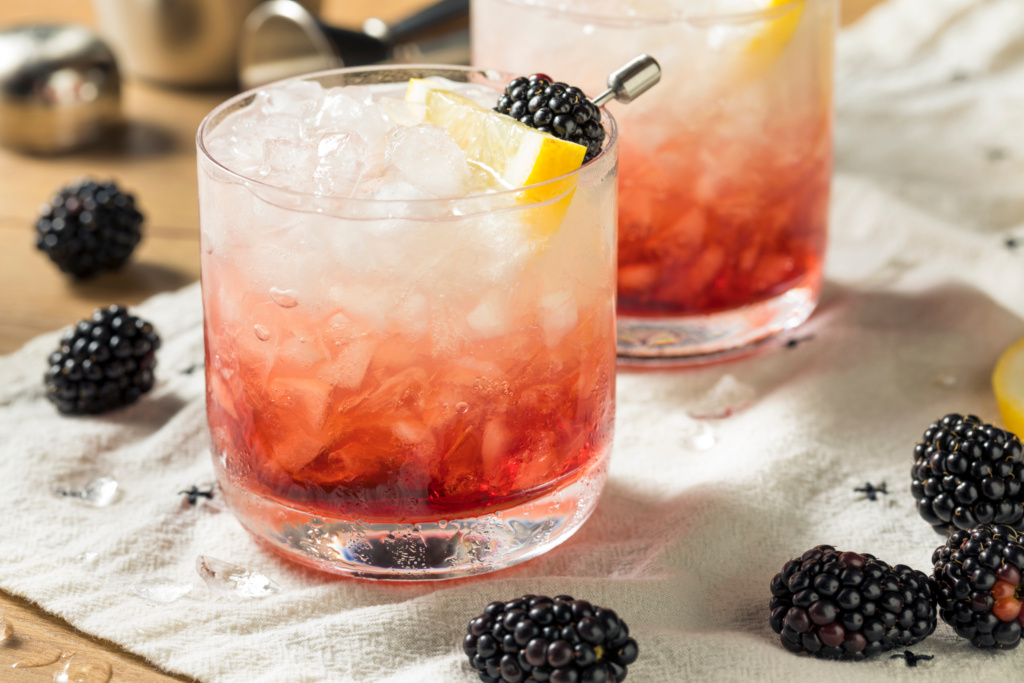
The first cocktail that comes to mind for many is the humble Gin and Tonic (G&T). However, there a literally hundreds of cocktails that have gin as their key component. The iconic Martini is made with gin, a splash of vermouth and an olive or lemon twist. The Fitzgerald is a zesty short cocktail, made by combining gin, lemon juice, syrup and Angostura bitters. The Bramble is a perfect English springtime cocktail, bringing together dry gin, lemon juice, syrup, creme de mure and crushed ice, topped with blackberries. Finally, the Italian Negroni is an aperitif made of 1/3 gin, 1/3 vermouth rosso and 1/3 Campari, garnished with orange peel. As you can see, zesty citrus flavours go perfectly with gin.
Fun Fact: In tropical British colonies, gin was used to mask the bitter flavour of quinine, an anti-malarial compound. It was dissolved in carbonated water to form tonic water; the resulting cocktail is gin and tonic!
Browse our full range of gin here!
 4.7/5 with 10,000+ reviews
4.7/5 with 10,000+ reviews
